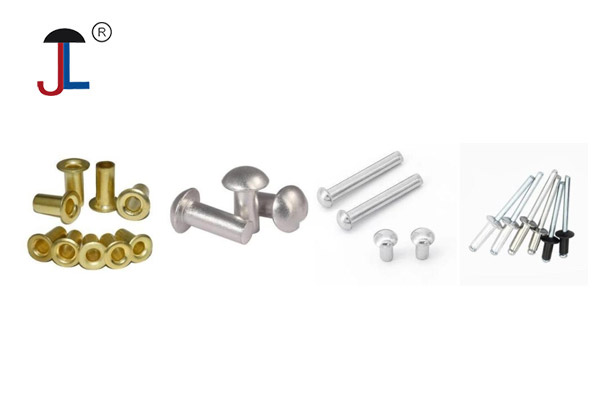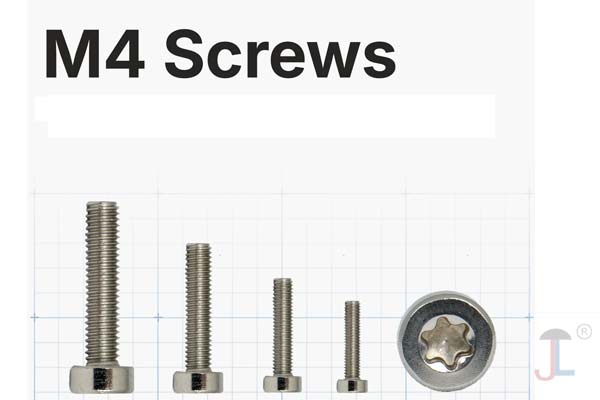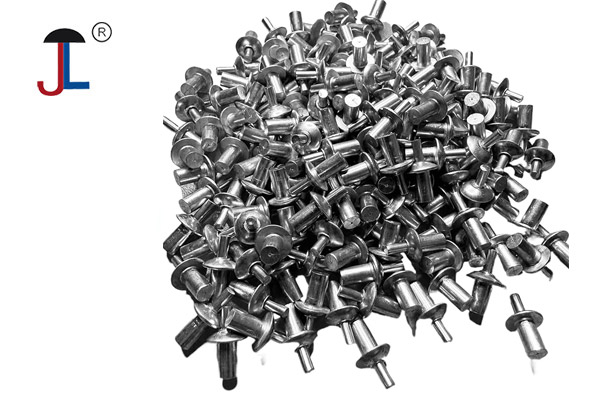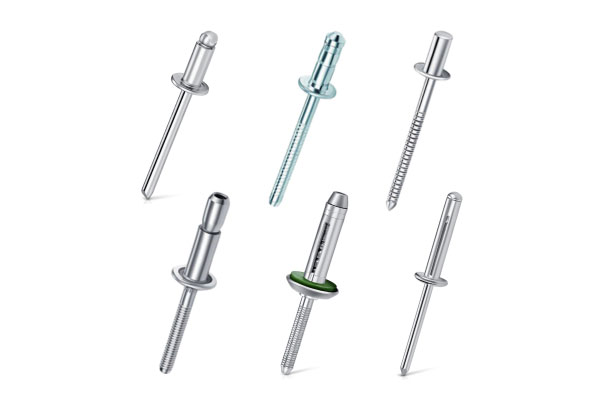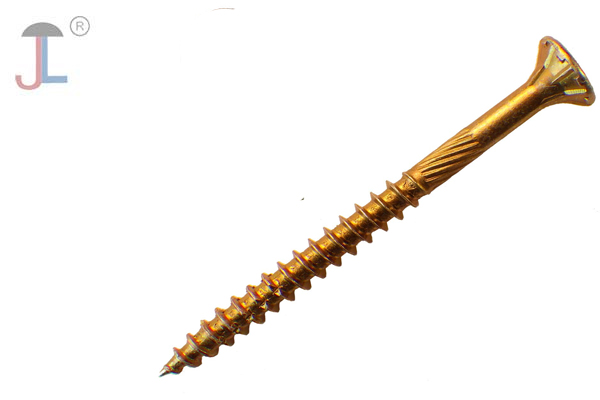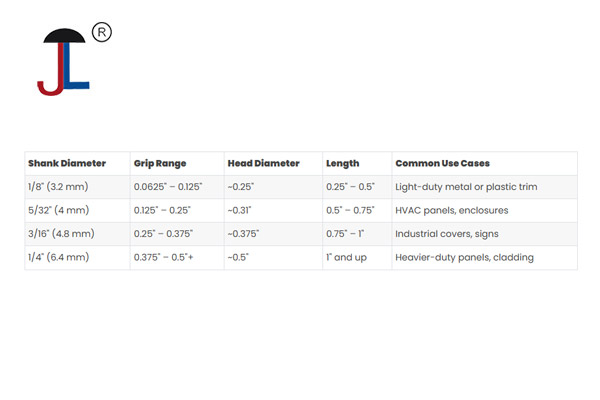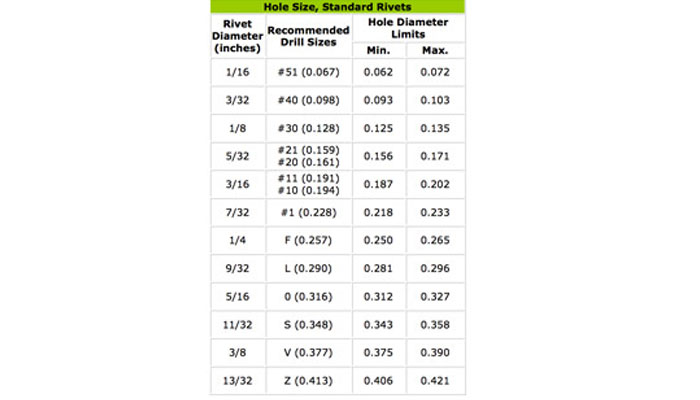How to choose the right rivet
To choose the right rivet, consider the materials being joined, the required strength, and the grip range (the total thickness of the joined materials). The rivet's diameter should be roughly one-quarter of the combined thickness of the materials being joined, and the rivet's length should be greater than or equal to the total material thickness plus 1.5 times the rivet diameter. Here's a breakdown of the key elements:
1. Application and Materials Being Joined
-
What are you joining? The type of materials (metals, plastics, composites, soft or brittle materials) will heavily influence your rivet choice.
-
Access: Can you access both sides of the workpiece?
Solid rivets require access to both sides for installation (bucking). They offer excellent strength and durability.
Blind rivets (Pop rivets) can be installed from one side, making them ideal for applications with limited access.
Shear strength: Resistance to forces parallel to the joint.
Tensile strength: Resistance to forces pulling the joint apart.
Fatigue strength: Ability to withstand repeated stress cycles.
Structural rivets are designed for high-strength, heavy-duty applications.
Corrosion: Will the rivet be exposed to moisture, chemicals, or extreme temperatures? This impacts material selection.
Vibration: For high-vibration environments (e.g., automotive chassis), consider locking blind rivets or BOM rivets.
-
Aesthetics/Finish: Do you need a flush surface or is a protruding head acceptable?
2. Rivet Type
There are many types of rivets, each with specific advantages:
-
Solid Rivets: Most common, strong, permanent. Require access to both sides.
-
Blind Rivets (Pop Rivets): Installed from one side. Available in various sub-types:
-
Open-end: General purpose, cost-effective.
-
Closed-end (Sealed): Provides a sealed, waterproof joint, good for containing liquids or gases.
-
Multi-grip: Accommodate a wider range of material thicknesses, reducing inventory.
-
Structural: High shear and tensile strength for heavy-duty applications.
-
Peel rivets: Ideal for joining soft or brittle materials.
-
Tubular Rivets: Partially hollow shank, good for aesthetics and easier setting.
-
Semi-tubular Rivets: Similar to tubular, but the hole depth is less than the shank diameter.
-
Drive Rivets: Installed by hammering a pin into the rivet body, expanding it. No special tools required beyond a hammer.
-
Self-Piercing Rivets: Pierce through the top layer and partially through the bottom, creating an interlocking connection. Good for dissimilar materials.
-
Threaded Rivets (Rivet Nuts/Inserts): Provide a threaded hole in thin materials, combining rivet strength with threaded fastener flexibility.
3. Rivet Material
The rivet material should generally match or be compatible with the materials being joined to prevent galvanic corrosion and ensure proper strength.
-
Aluminum Rivets: Lightweight, corrosion-resistant. Common in aerospace, automotive, marine. Good for soft materials.
-
Steel Rivets (Carbon Steel): High strength and durability, cost-effective. Suitable for heavy-duty applications in construction, machinery.
-
Stainless Steel Rivets: Excellent corrosion resistance, high strength. Ideal for marine, food processing, medical, and harsh environments.
-
Copper Rivets: Excellent electrical conductivity, good corrosion resistance, ductile. Used in electrical applications, roofing, decorative work.
-
Brass Rivets: Good corrosion resistance, attractive finish. Popular for decorative applications, leather goods, musical instruments.
-
Monel Rivets (Nickel-Copper Alloy): Highly resistant to corrosion, even in extreme conditions. Used in marine, chemical processing, and aerospace.
-
Titanium Rivets: Extremely high strength-to-weight ratio, excellent corrosion resistance. Used in critical aircraft structures and chemical equipment.
-
Plastic Rivets: Non-conductive, corrosion-resistant, lightweight. Good for joining soft materials like plastics, rubber, or thin sheet metals.
4. Sizing Considerations
-
Diameter: A general rule for solid rivets is that the diameter should be at least three times the thickness of the thickest sheet being joined. For all rivets, the diameter must match the hole size. Too small a hole makes insertion difficult, too large reduces strength.
-
Grip Range: This is the total thickness of the materials the rivet is designed to fasten. It's crucial to select a rivet with a grip range that accommodates the combined thickness of your materials. Insufficient length won't allow proper formation of the secondary head, while excessive length can lead to a loose joint.
-
Body Length: The total length of the rivet, excluding the head. Consider clearance on the blind side for installation.
5. Head Style
The head style impacts load distribution, appearance, and functionality.
-
Dome Head (Round Head/Flat Head): Most common, provides a large contact area for even load distribution. Suitable for general applications and thin, easily deformable materials.
-
Countersunk Head (Flush Head): Sits flush with the material surface for a smooth finish, reducing drag and interference. Ideal for aerospace, automotive, or aesthetic applications. Requires a countersunk hole.
-
Large Flange Head: Offers a larger bearing surface, distributing the load over a wider area. Reduces the risk of pull-through in softer or brittle materials (e.g., plastics, thin sheet metal).
-
Universal Head: A slightly rounded head with a lower profile than a standard round head.
-
Brazier Head: Wide, shallow head for greater pull-through resistance.
6. Installation Method
Consider the tools available and the volume of riveting:
-
Manual Riveters: Suitable for small jobs and occasional use.
-
Battery-Powered Riveting Tools: Offer portability and convenience.
-
Pneumatic Riveters: Best for high-volume production and industrial applications due to speed and power.
By carefully evaluating these factors, you can select the most appropriate rivet for your project, ensuring a secure, long-lasting, and effective connection.

